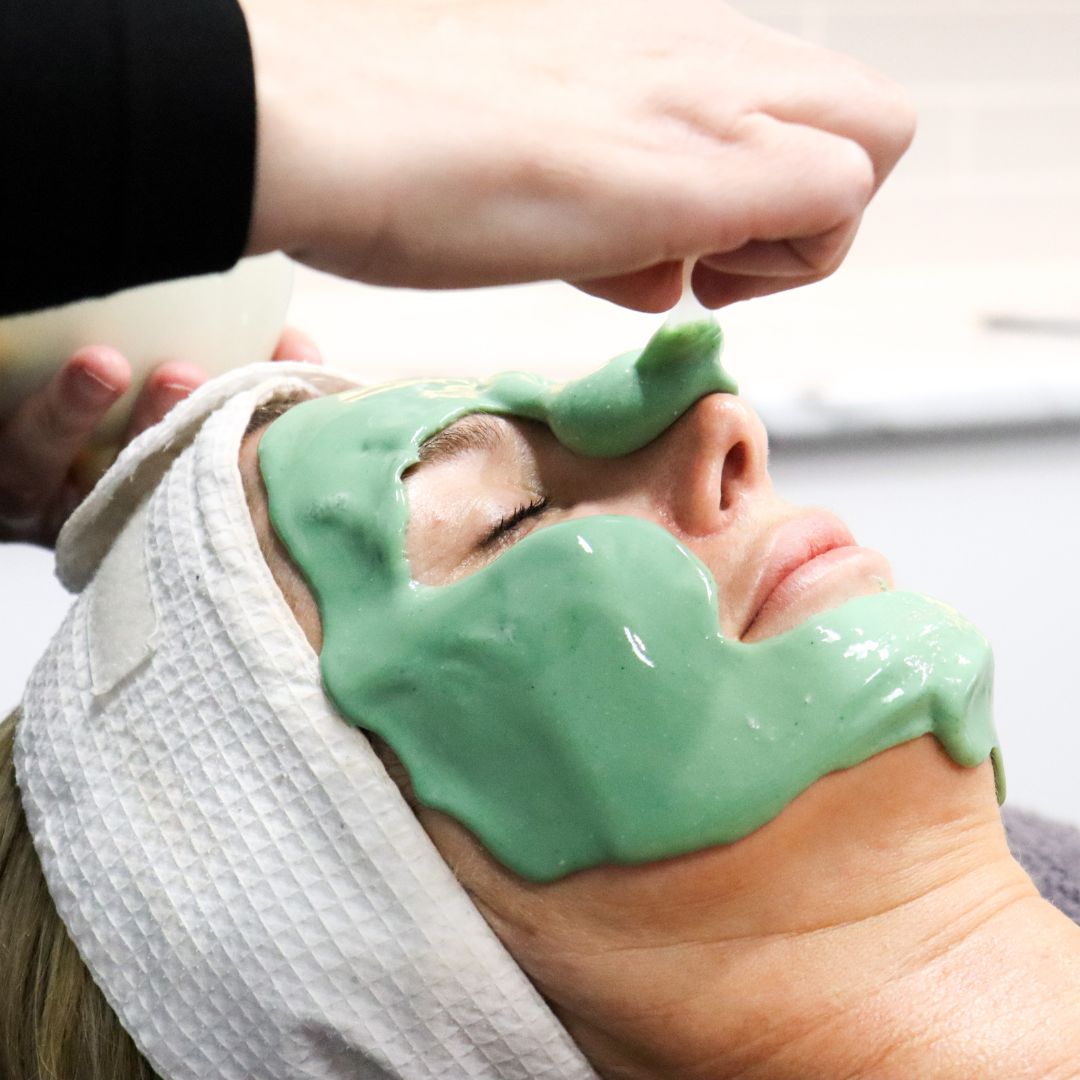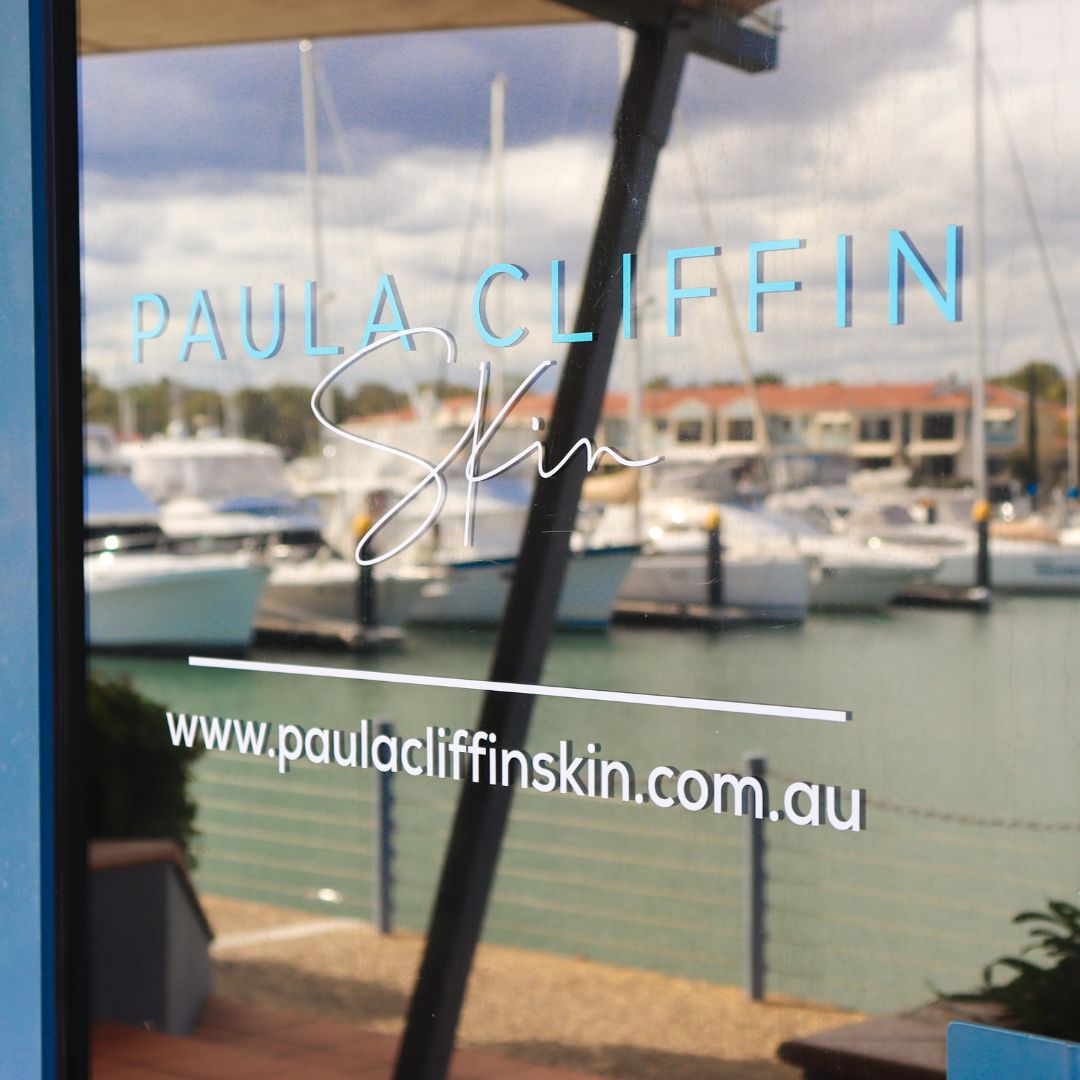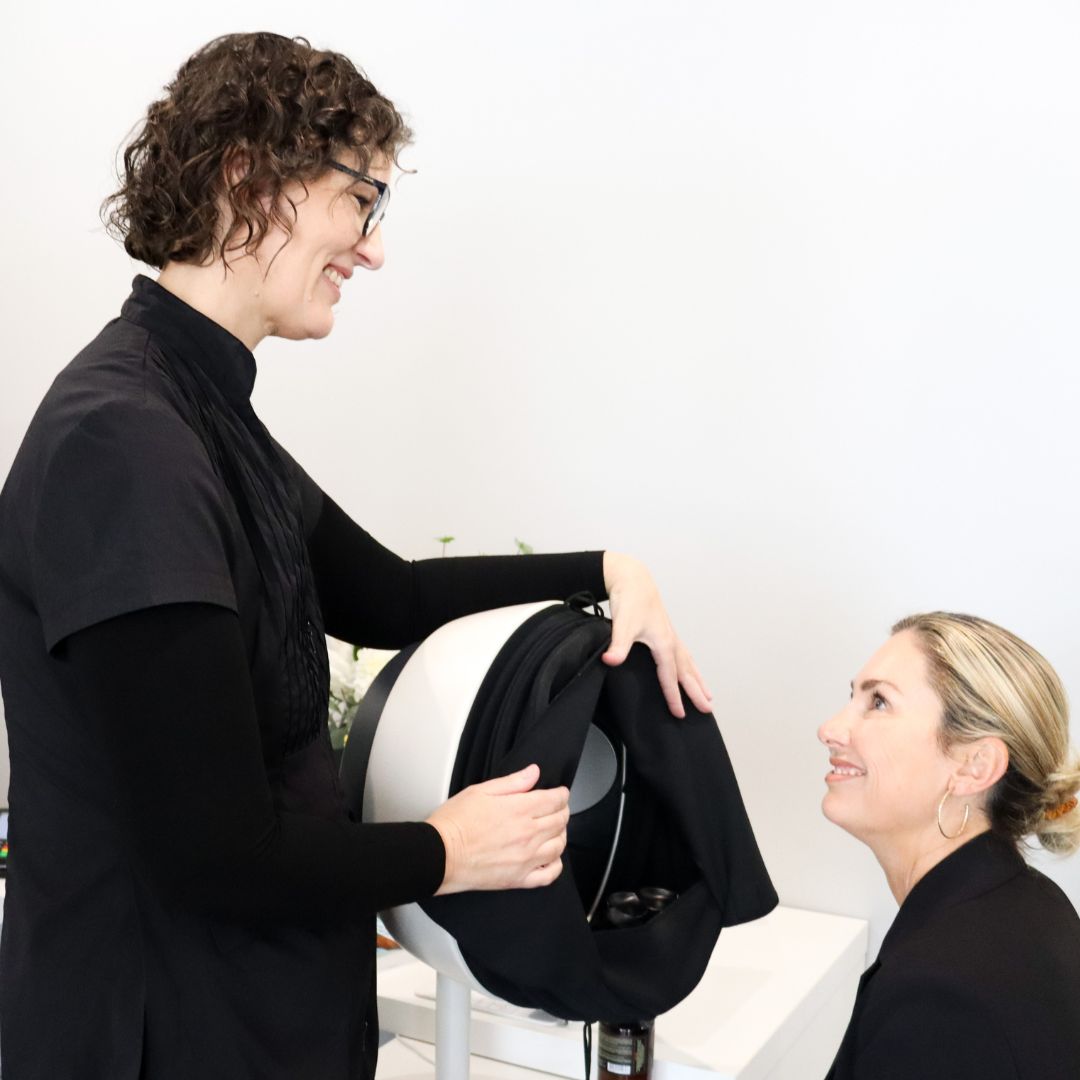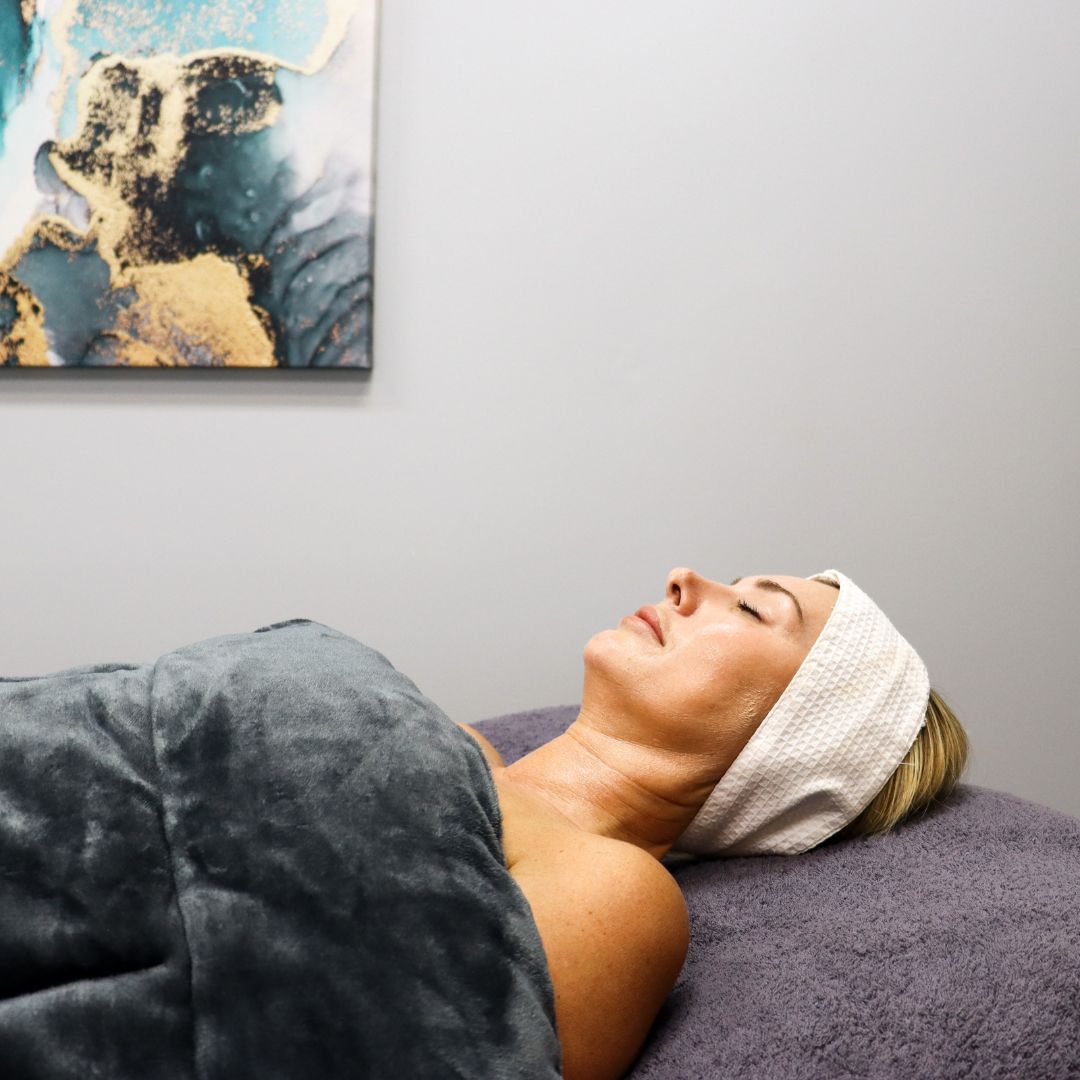Acne
Specialising in problematic skin conditions.
Acne.
Acne is a common skin condition that occurs when hair follicles become clogged with oil and redundant skin cells. There are several different types of acne lesions, each with its own causes, characteristics, and severity.
Characteristics of Acne:
- Whiteheads: Closed comedones with a white or flesh-colored center.
- Blackheads: Open comedones with a darkened, often black, appearance.
- Papules: Small, red, inflamed bumps without a visible center of pus.
- Pustules: Red, inflamed bumps with a white or yellow center filled with pus.
- Nodules: Large, painful, solid lumps beneath the skin’s surface.
- Cysts: Severe, painful, fluid-filled lumps beneath the skin’s surface.
Types of Acne:
- Hormone-Mediated Acne: Acne influenced by hormonal fluctuations, often associated with specific life stages or conditions like PCOS.
- Acne Rosacea: Acne rosacea, often referred to as rosacea, is a chronic skin condition that primarily affects the face. It is characterised by redness, flushing, visible blood vessels, and sometimes pimple-like papules and pustules. Rosacea is different from common acne and requires specific treatment.
- Acne Conglobata: This is a severe and uncommon form of acne that is characterised by interconnected nodules and cysts beneath the skin. It can result in significant scarring and often requires aggressive medical treatment.
- Acne Fulminans: Acne fulminans is a rare and severe form of acne that is often accompanied by systemic symptoms such as fever and joint pain. It typically occurs suddenly and can lead to extensive scarring.
- Acne Mechanica: This type of acne is caused by friction, pressure, or heat on the skin, often due to wearing tight clothing, helmets, or sports equipment. It typically appears as small, localised bumps in the affected area.
Treatment And Prevention.
As Skin Therapists, it is vital to understand the specific type of acne, as this is important for determining the appropriate treatment and management strategies. Minor cases can frequently be addressed in clinic using specialised products that feature ingredients like salicylic acid. Conversely, more serious instances may necessitate prescription medications, including topical or oral antibiotics, retinoids, or hormonal treatments.
Skin therapists are bound by their specific scope of practice, and the determination to refer a patient to a medical practitioner is typically based on the acne’s grade or severity. I have a strong conviction regarding the importance of skin therapists recognising when it is appropriate to refer patients to medical professionals rather than exceeding the boundaries of their practice.






